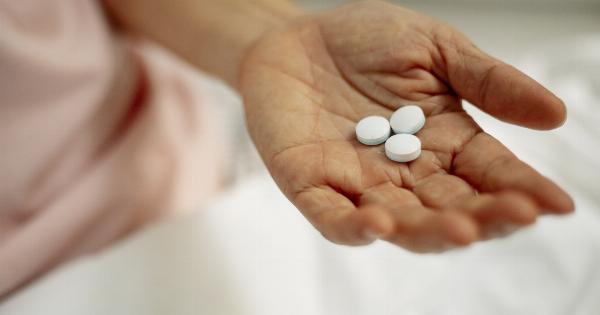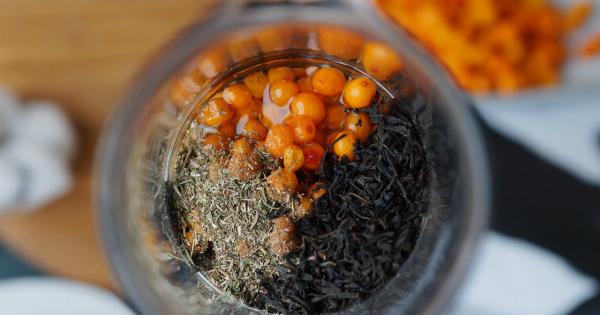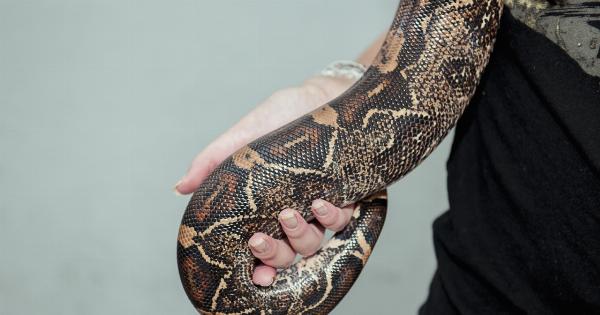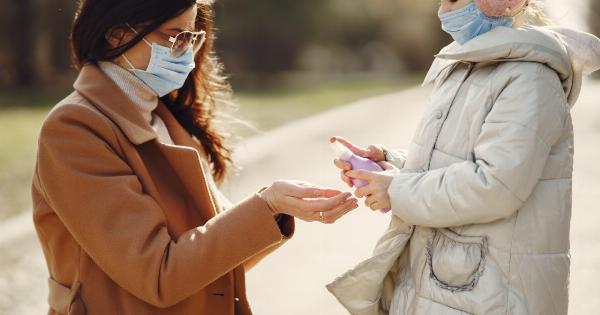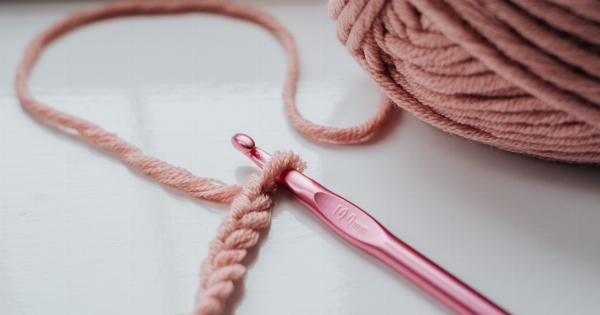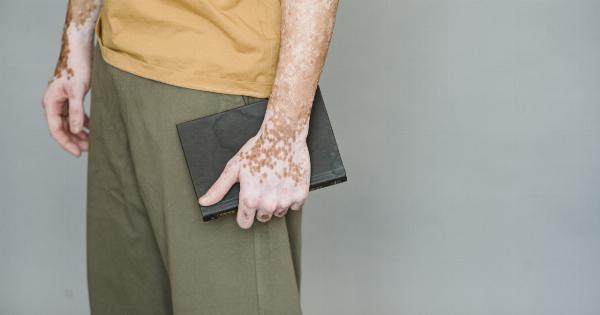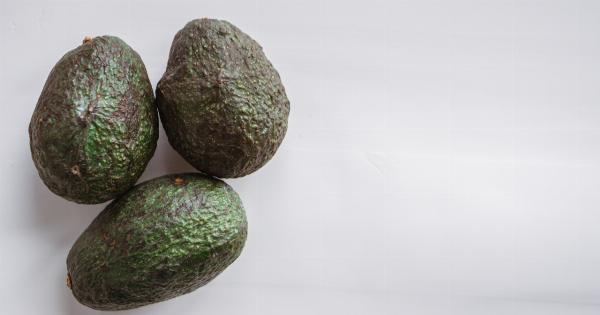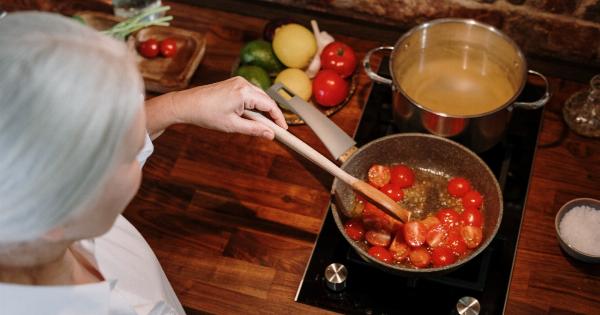Chickenpox is a viral infection that can cause itchy, red bumps all over the body. One of the most challenging aspects of chickenpox is managing the itching that comes with it.
Although the bumps may disappear after a few days, the itching can persist for several days after. Below are some tips and tricks for managing chickenpox itching.
1. Keep the Skin Moist
Keeping your skin moisturized is essential to reducing itchiness. You can do this by applying calamine lotion or a moisturizing cream to the affected areas.
Calamine lotion is particularly effective as it contains zinc oxide, which helps to soothe the skin and reduce inflammation.
2. Oatmeal Bath
An oatmeal bath is a traditional remedy for reducing skin irritation and itchiness. You can create an oatmeal bath by adding one to two cups of oatmeal to a warm bath and soaking in it for 15 to 20 minutes.
The oats help to soothe the skin and reduce inflammation, making it an ideal remedy for chickenpox itching.
3. Cool Compress
A cool compress can help to reduce the itchiness associated with chickenpox. You can create a cool compress by soaking a clean cloth in cool water and applying it to the affected areas. Do not use hot water as this can irritate the skin further.
A cool compress can help to reduce inflammation and numb the skin, reducing the intensity of the itch.
4. Avoid Scratching
Scratching the chickenpox bumps can lead to infection and scarring. While it may be tempting to scratch, try to avoid it as much as possible. Apply a cool compress or moisturizing cream to reduce the itchiness instead.
5. Wear Loose Clothing
Tight clothing can irritate the skin even further, leading to increased itching. Wear loose, breathable clothing to reduce irritation and maximize comfort. Cotton clothing is ideal as it allows for better airflow and reduces sweating.
6. Cut Nails Short
Keeping your nails short is important to reduce the risk of infection. Bacteria can collect under long nails and lead to further skin irritation and infection. Short nails also reduce the risk of accidentally scratching the chickenpox bumps.
7. Use Antihistamines
Antihistamines can help to reduce the itchiness associated with chickenpox. They work by blocking the histamine receptors in the body, reducing the intensity of the itch. Speak to your doctor or pharmacist about which antihistamine is best for you.
8. Manage Stress
Stress can aggravate the symptoms of chickenpox, including the itchiness. Try to manage your stress levels by practicing relaxation techniques, such as deep breathing, meditation, and yoga.
You can also try talking to a friend or counselor about your feelings to help alleviate stress.
9. Stay Hydrated
Staying hydrated is important for maintaining healthy skin and reducing itchiness. Drink plenty of water throughout the day to keep your skin moisturized and to flush out any toxins in your body.
Hydrating fluids such as water and herbal tea are the best options.
10. Speak to your Doctor
If the itchiness is persistent or severe, speak to your doctor. They may prescribe an antihistamine or prescribe a medicated cream to reduce itchiness. They can also advise you on which over-the-counter remedies are safe to use.



